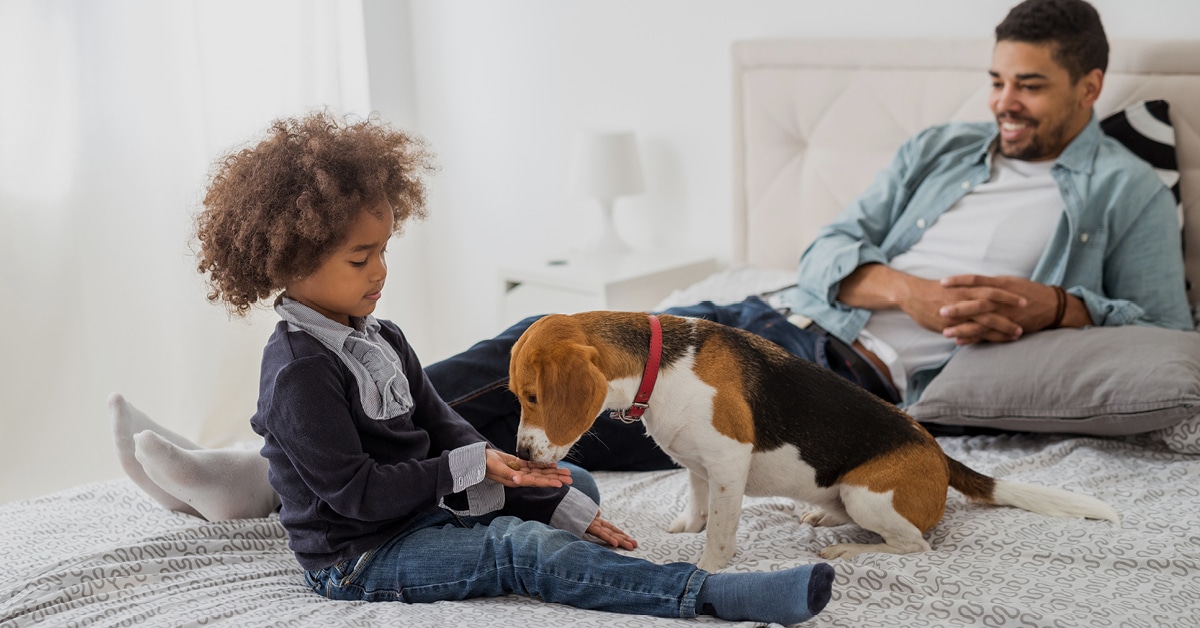Pets can be a lot of fun if your family is ready for the responsibilities that come with them. They can help teach children values and social skills.
There are some important considerations to remember when bringing a pet into your home. Both your children and pet will be happier and healthier if they know and understand the rules. It’s important to take the time to prepare and understand the realities of having a pet.
It is essential that you explain carefully to your children how the new arrival should be treated. Kittens love to be stroked and cuddled and they can provide joy and entertainment for children, but gentleness of handling is essential. Kittens are not toys and need much care and attention. What can be an innocent game for a young child can cause distress or injury to an animal. Teach your children correct handling and how to recognize when the kitten is unhappy. Kittens/cats can be easily hurt or frightened, and when frightened, they may react with their teeth.
How old should children be before they have a pet?
Some experts say that a child should be at least six or seven before having a pet, while others say that it depends on the maturity of the child. Do your children understand that animals are living creatures, which can be hurt if not handled properly? Do they see animals as toys, or as fellow beings to develop relationships with? Observe your children with other people’s pets. WATCH CAREFULLY how they touch and hold the animals, and how they react when the animals don’t do what the children want them to do.
Keep in mind that older animals are less excitable and may be accustomed to children’s unexpected movements. Younger animals, especially kittens, might react to the unexpected by biting or clawing.
What is the best way to select a pet for a child?
After you’ve considered the child’s age and maturity level, and what type of pet is best for your situation, let your child be part of the selection process. Bring the child with you to the shelter. Watch the interaction between your child and the animals you visit with and be prepared to override the child’s first choice if you think the animal doesn’t have the right temperament to be with your child.
Cats have simple needs, and they’re often (but not always) tolerant of children who are past the age of poking and squeezing them. Kittens and children under six years old aren’t usually a good match. Children can hurt kittens until they learn how to handle animals gently, and kittens need to learn when not to use their claws. Spayed cats are often calmer and more predictable. Take advantage of the Adoption Counselors available at the shelter and ask them as many questions as you like. They are as anxious as you are to get YOU the most compatible pet possible.
With adult decision-making and supervision, children and pets can be wonderful together. The children learn responsibility and empathy, and the animals have a home and someone to love them back.
Consider also that when your children grow up and leave home, they might not be able to take their pets with them, leaving you as the main caregiver. Are YOU willing to keep the cat and care for him/ her for the rest of its life?
